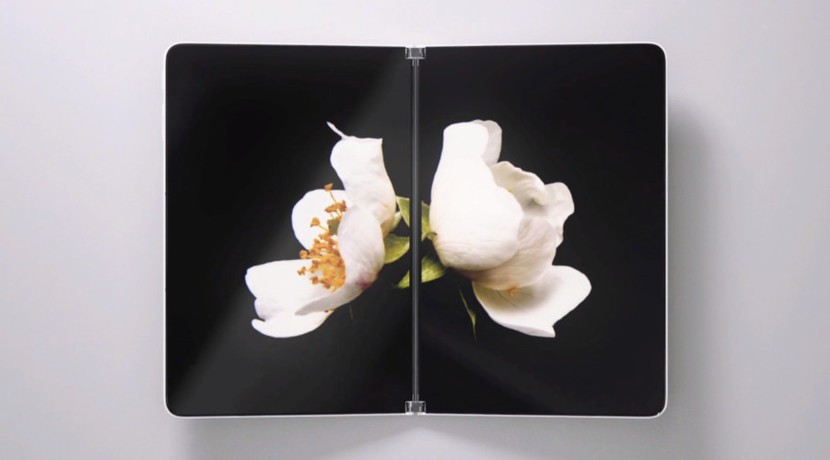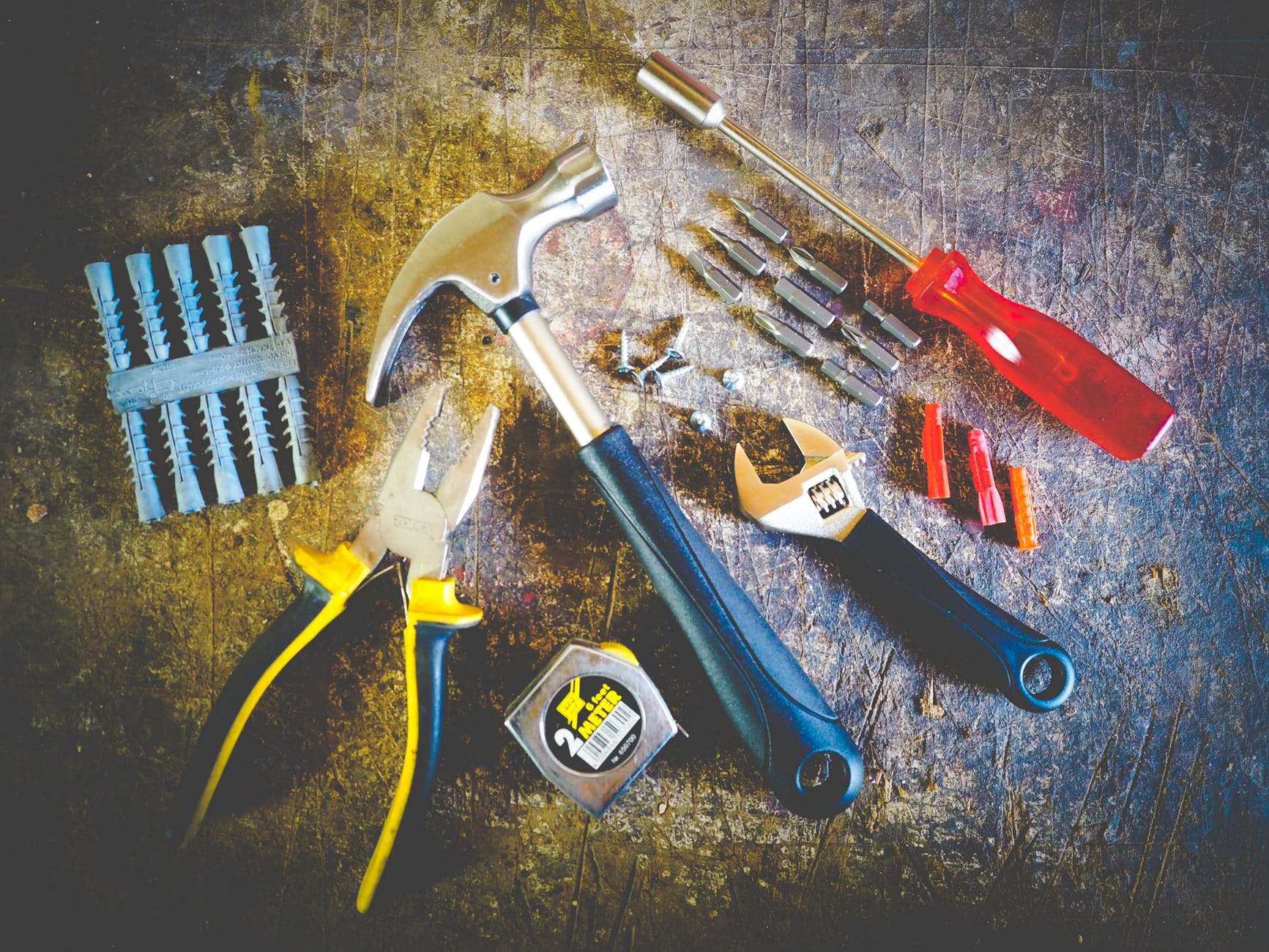Last year, I wrote a series of posts about mobile devices focused on repairability, decentralization, design, and user experience. One of my main complaints was how mobile devices had gone from a Cambrian explosion of form factors in the early 2000s to a monoculture of iPhone clones in the 2010s.
While I have plenty of issues with the business practices of tech giants, I would like to take a moment to give some credit to some companies actually experimenting again with form factor. A lot of this is likely due to the coming decline of smartphone and computer sales, but it’s nice to see some variety again.

The Microsoft Surface Neo
Dual screen Windows machines can trace a lineage back to the Toshiba Libretto W100 of 2010 and the Microsoft Courier concept before it. Various other half-baked attempts at dual screen laptops have peppered computing history, but it seems like a concerted effort from Microsoft’s Windows 10X will attempt to alleviate all the previous kludgy issues of dual screen computing. As someone who was devastated when the Courier was cancelled, I’m intrigued to see how well they pull it off. The Surface Neo and Lenovo Fold are two of the upcoming folio-esque devices that will use Windows 10X for true “notebook” computing.
Android efforts in the dual screen space date back to the Kyocera Echo from 2011, but the device didn’t really live up to most expectations, much like the aforementioned Libretto. Folding screens are coming to market in devices like the Samsung Fold and new dual screen devices like the Microsoft Surface Duo are experimenting with the phone/tablet hybrid form factor again. As with the Windows 10X system, I’m interested to see what comes of these new devices, but it is hard not to see them as a modest evolution over previous efforts. I suspect a lot will come down to what software engineers are able to do with the new capabilities of the hardware. If we just get wider versions of existing apps, it won’t be much to write home about.
A more exciting development, in my opinion, was Amazon unveiling two devices last fall that hearken back to the visions of wearable computing first pioneered by the MIT Media Lab and Steve Mann among many others. I talked briefly about personal area networks (PANs) last year, but basically, they decentralize the parts of your computing experience into several different devices, instead of a single glass slate. The capabilities of mobile hardware have progressed so much in the last 20 years that newer PANs should be nothing if not exciting.

The Amazon Echo Frames are a more subtle way to interact with technology
Echo Frames may look like a Google Glass copycat at first, but they eschew the creepy camera and bulky screen in favor of glasses with a built-in Alexa voice assistant. Voice computing is an exciting area of research right now, and is particularly beneficial for the blind. The Echo Loop is a ring that performs voice assistant functions while living on your finger. I’m glad to see some experimentation with computing devices that don’t rely on screens for data input and output. It seems like a less distracting way to interact with our computers, but only time will tell.

The MojoVision XR contact lens prototype
If you were disappointed by the lack of a screen in the Echo Lens, then maybe the Mojo Lens will be more to your liking. It looks like this will be the first “smart” contact lens, giving you an augmented view of the world without requiring some bulky hardware affixed to your head. While it isn’t as close to production as the previous examples, it does offer an interesting interpretation of bringing the magic back to computing.
Are you excited about one of these form factors? Is there a type of device you haven’t seen represented in the real world that would make your life better? Let us know below!



















